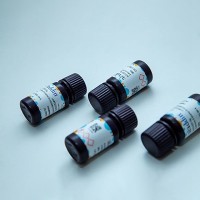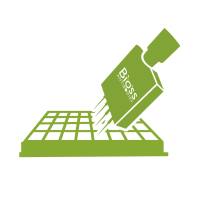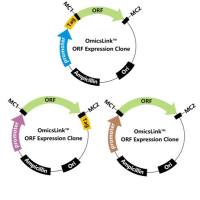Swarming populations ofSalmonella represent a unique physiological state coupled to multiple mechanisms of antibiotic resistance
Salmonella enterica serovar Typhimurium is capable of swarming over semi-solid surfaces. Although its swarming behavior shares many readily observable similarities with other swarming bacteria, the phenomenon remains somewhat of an enigma in this bacterium since some attributes skew away from the better characterized systems. Swarming is quite distinct from the classic swimming motility, as there is a prerequisite for cells to first undergo a morphological transformation into swarmer cells. In some organisms, swarming is controlled by quorum sensing, and in others, swarming has been shown to be coupled to increased expression of important virulence factors. Swarming in serovar Typhimurium is coupled to elevated resistance to a wide variety of structurally and functionally distinct classes of antimicrobial compounds. As serovar Typhimurium differentiates into swarm cells, thepmrHFIJKLM operon is up-regulated, resulting in a more positively charged LPS core. Furthermore, as swarm cells begin to de-differentiate, thepmr operon expression is down-regulated, rapidly reaching the levels observed in swim cells. This is one potential mechanism which confers swarm cells increased resistance to antibiotics such as the cationic antimicrobial peptides. However, additional mechanisms are likely associated with the cells in the swarm state that confer elevated resistance to such a broad spectrum of antimicrobial agents.
![预览]()






